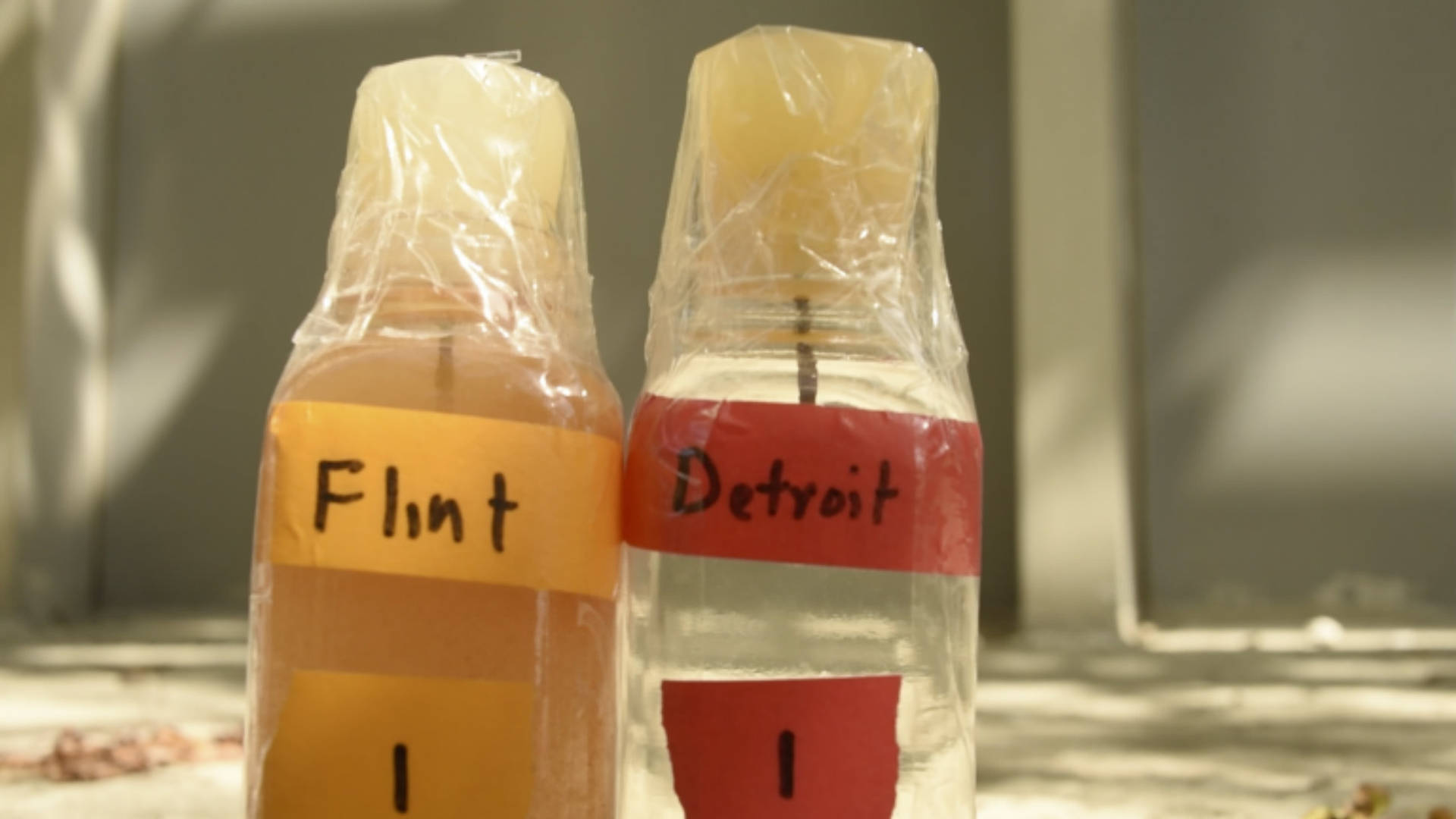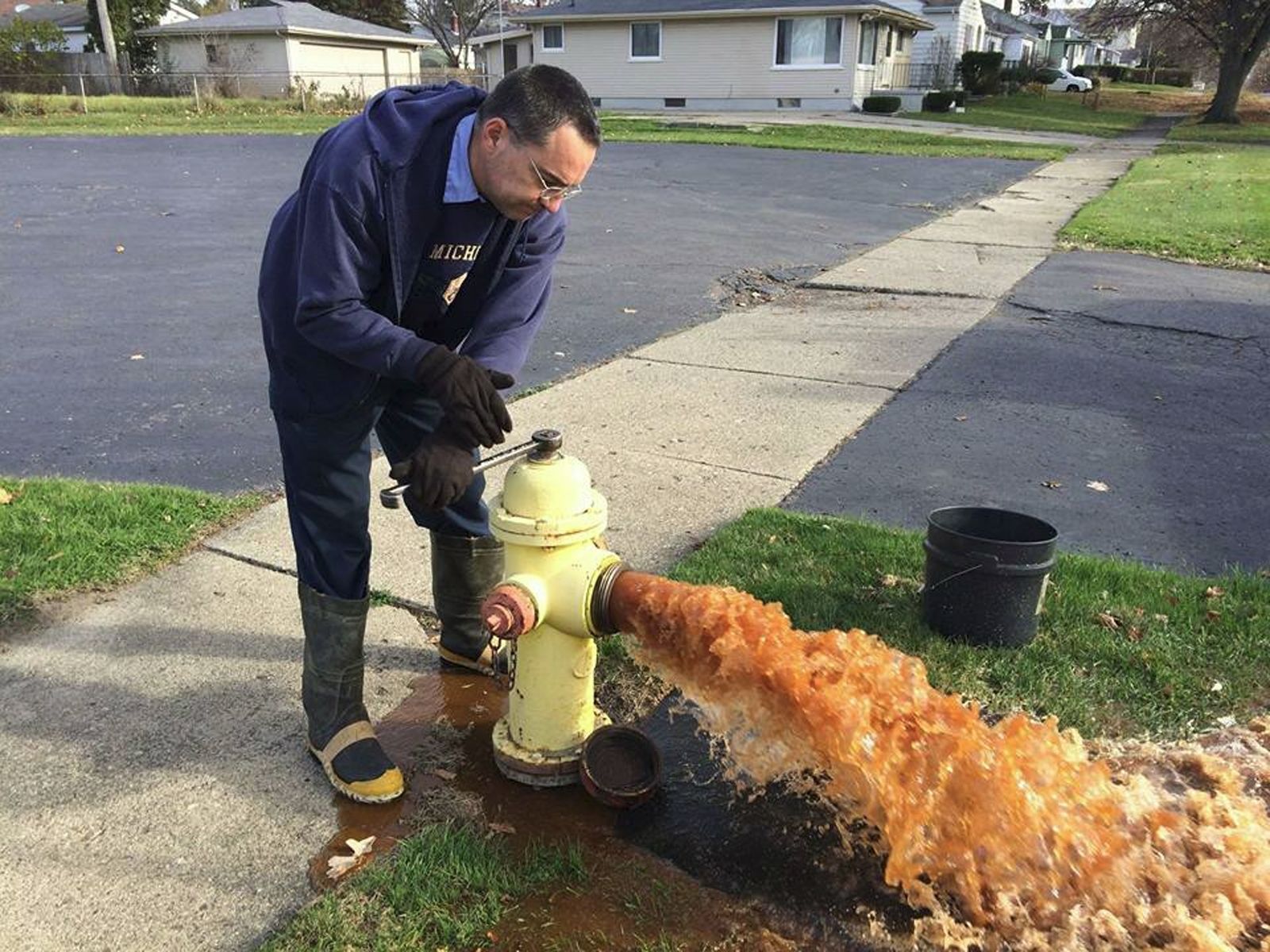The Flint, Michigan Poisoned Water Plot
In 2014, the city of Flint, Michigan, was in the midst of an unprecedented water crisis that shook the nation and exposed serious failures in government management and public safety. The story of the Flint water crisis is a grim reminder of how negligence, disinterest and indifference can have devastating consequences for an entire community.
It all started in April 2014, when the Flint government, in an effort to save money, switched its drinking water supply source from Lake Huron to the Flint River. However, Flint River water was not adequately treated to prevent corrosion of lead pipes in the city's water distribution infrastructure.
As water from the Flint River flowed through the old lead pipes, high levels of lead leached into the city's drinking water supply. Lead is a dangerous neurotoxin that can cause irreversible damage to the brain and nervous system, especially in young children. Although Flint residents began to notice changes in the color, smell, and taste of their water, local officials repeatedly assured them that the water was safe to drink.

However, independent testing revealed the true magnitude of the problem. Lead levels in Flint's water were found to be significantly higher than what is considered safe under federal guidelines. In addition to lead, other dangerous contaminants were found in the water supply, including E. coli bacteria and trihalomethane, a chemical byproduct associated with cancer.
As the water crisis in Flint intensified, public outrage grew. Flint residents, many of whom were low-income and from minority communities, were forced to live with contaminated water that threatened their health and well-being. Families struggled to access clean, safe water for drinking, cooking and bathing, while local authorities appeared to ignore their concerns and downplay the seriousness of the problem.
The Flint water crisis soon became a national scandal and a hot political topic. Community leaders, civil rights advocates, and environmental activists demanded answers and accountability. Protests broke out across the country, demanding justice for Flint residents and measures to address the unfolding public health crisis.

As pressure mounted on local and state authorities, investigations were conducted to determine who was responsible for the Flint water crisis. A series of failures and poor decisions were revealed that contributed to the disaster, including a lack of adequate water testing, negligence in enforcing water safety regulations, and a lack of transparency by government officials.
One of the most shocking findings was evidence that leaders in Flint and the state of Michigan were aware of problems with the water supply long before they became public, but failed to take adequate steps to address them. Instead, they seemed more concerned about protecting their reputation and avoiding scandal than protecting the health and well-being of Flint residents.
As the truth came to light, the resignations began to pile up. Flint Mayor Dayne Walling was removed from office, and Michigan Governor Rick Snyder faced heavy criticism for his handling of the crisis. Federal and state investigations resulted in criminal charges against several government officials and local employees for their roles in the Flint water crisis.

Although steps were taken to address the immediate crisis, including the distribution of bottled water and water filters, the long-term effects of water contamination in Flint are profound and long-lasting. Many residents continue to suffer health problems related to exposure to lead and other contaminants, and trust in local and state authorities has eroded significantly.
The Flint water crisis serves as a painful reminder of the devastating consequences of government negligence and lack of accountability. It is a wake-up call on the need to protect the rights and safety of all citizens, especially those in marginalized and vulnerable communities. Although steps have been taken to address the crisis in Flint, the impact of this tragedy will continue to resonate for many years to come in the city and across the country.
